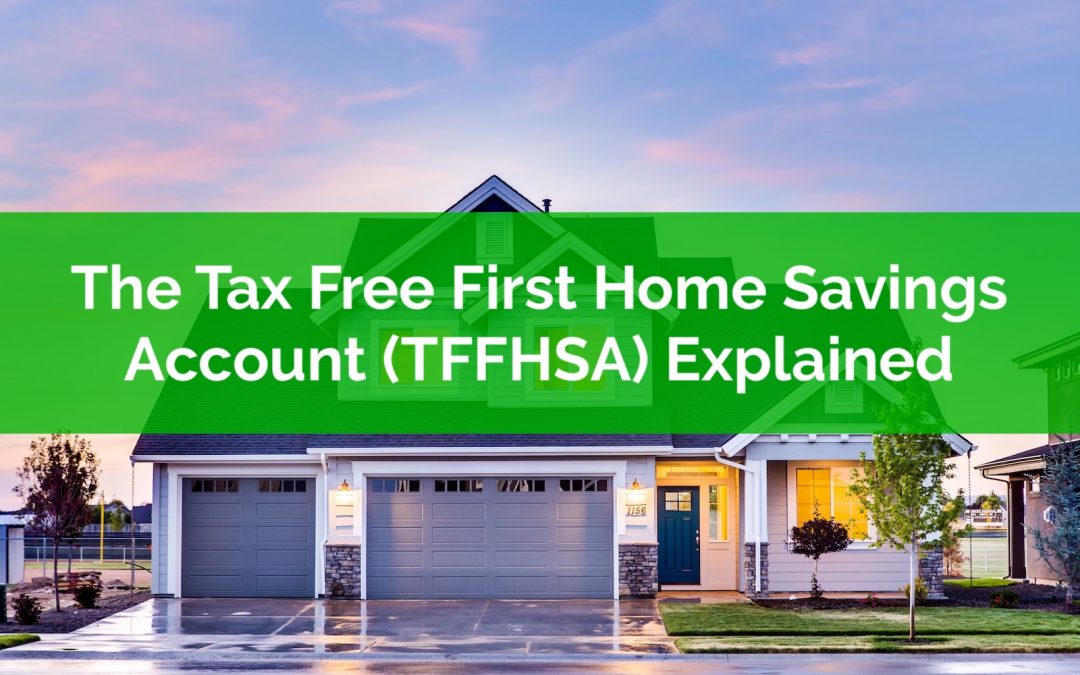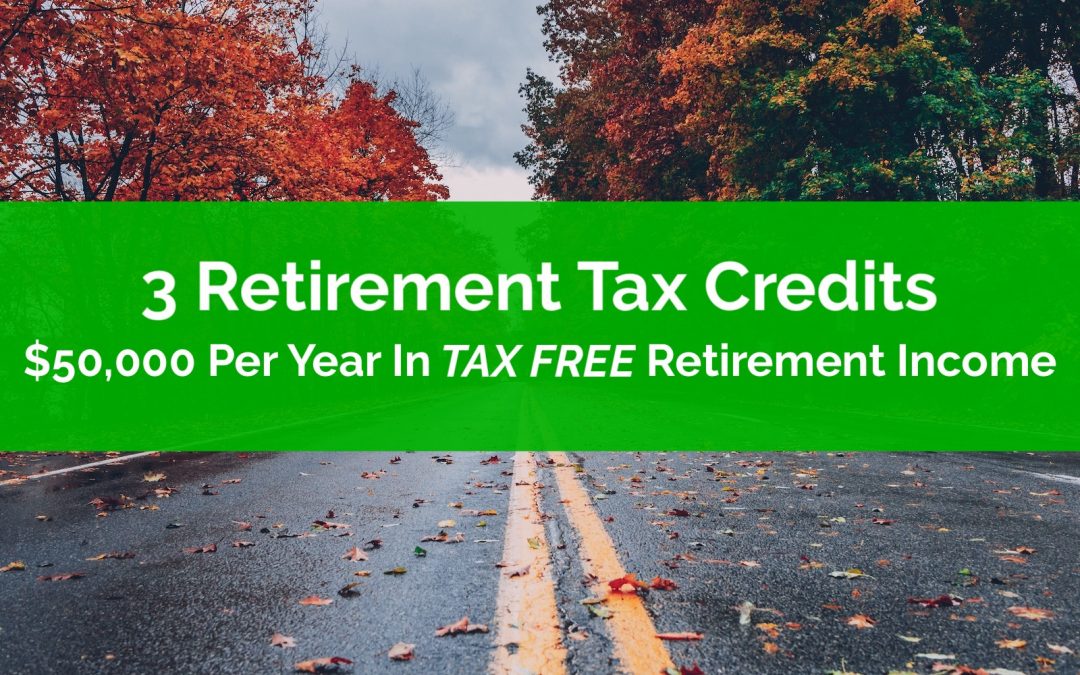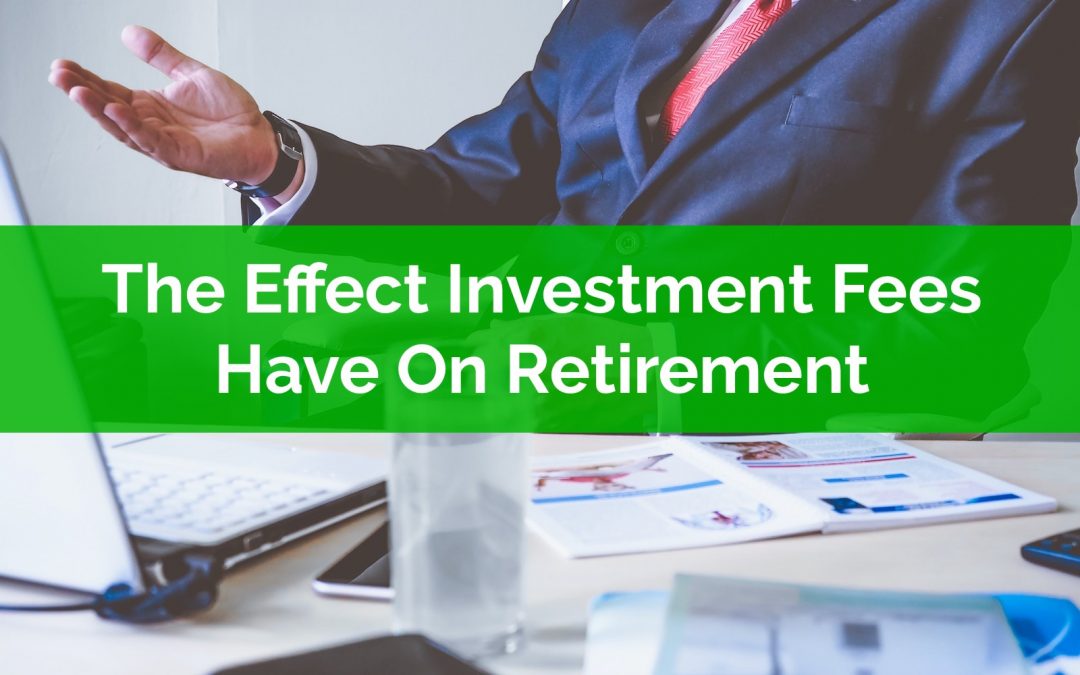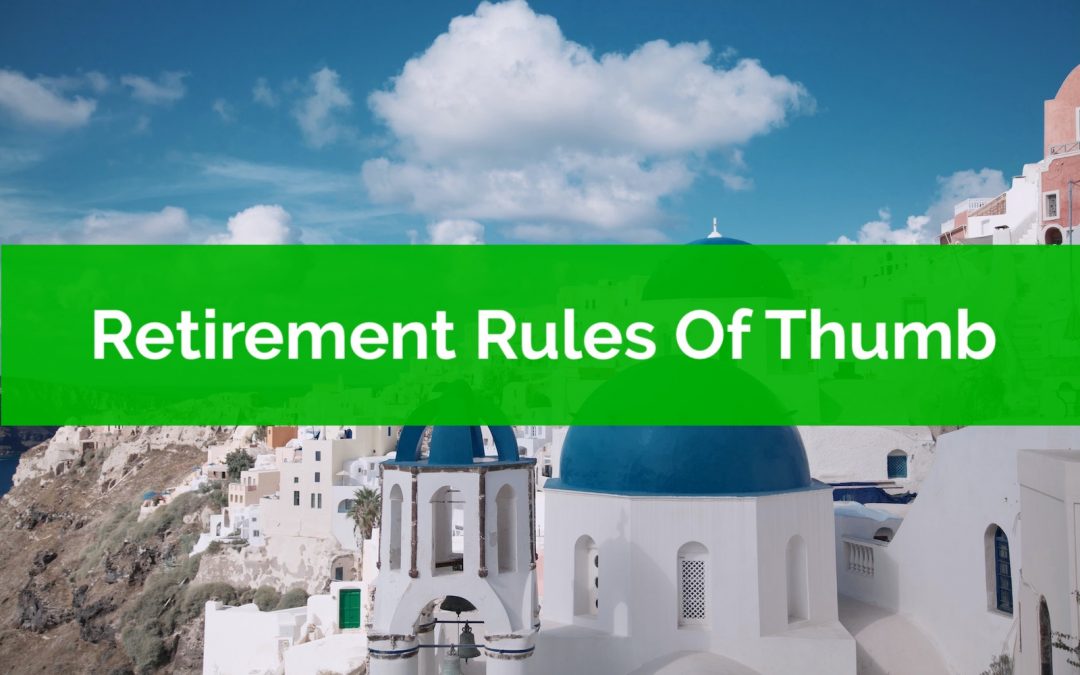
by Owen | Apr 24, 2023 | Behavioral Finance, Buying A Home, Financial Planning, Government Programs, Investment Planning, Retirement Planning, Tax Planning
The largest financial transaction you will ever make is selling your home in retirement. Selling your home in retirement comes with a number of important considerations.
In this blog post we’re going to touch on 9 important things to consider when selling your home in retirement.
Selling a home in retirement can be a core part of many retirement plans. A sale usually takes one of three forms…
– Sell and rent
– Sell and downsize
– Sell when entering long-term care
Often the plan is to hold the home throughout retirement, but it can still be used as a “fall back” asset if necessary. Even if there was never a plan to sell the home, it can still be used to help fund long-term care costs in late retirement.
Each situation above has its unique circumstances but, in all cases, there is a major transaction taking place. So, before you put up the ‘for sale’ sign in retirement there are a few important considerations to highlight.

by Owen | Apr 3, 2023 | Buying A Home, Down Payment, Financial Planning, Government Programs, Investment Planning, Retirement Planning, Tax Planning
There is a new tax advantaged account in Canada, the First Home Savings Account! Along with the TFSA and RRSP, the new First Home Savings Account (FHSA) is another great way to reach your financial goals in a very tax efficient way. The account provides a significant advantage to those planning to purchase their first home and creates a new option for parents who are thinking about helping their children with a future home purchase.
The new First Home Savings Account (FHSA) does add a little bit of complexity to an already complex landscape of tax planning options, however like the TFSA and RRSP, if used properly it can help accelerate progress towards financial goals like purchasing a home and planning for retirement.
When saving and investing for future goals you can now choose between TFSA, RRSP, and the new FHSA, and for families with small children, there is the RESP too.
The new First Home Savings Account is very new, so in this post we’re going to explore how this account works, the eligibility criteria, the contribution and withdrawal rules, some things to possibly watch out for, and some strategic options when using it within your financial plan.

by Owen | Mar 13, 2023 | Financial Goals, Financial Planning, Government Programs, Income, Investment Planning, Retirement Planning, Tax Planning
When we talk about retirement planning with our clients one topic that inevitably comes up is tax planning.
Income tax is often the single largest expense in retirement. Larger than travel, food, or medical expenses.
Income tax often comes up when we talk about retirement planning because many people are worried about paying too much tax in retirement and negatively impacting their retirement spending goals.
Many people do not realize that in retirement there are new tax credits that can help reduce income tax, sometimes to zero. It’s understandable that people aren’t aware of these tax credits because they’re mostly available to those over age 65, so they’re not necessarily on someone’s radar if they’re under age 65.
Paying less tax in retirement is nice, but what if you could pay NO TAX at all in retirement? With some pre-retirement planning that is easily possible.
There are three important tax credits that can help you earn over $25,000 per year as an individual, or over $50,000 per year as a couple, and pay zero tax in retirement.
In this blog post we’re going to look at three important tax credits in retirement, two of which, for most people, are only available after age 65. We’re also going to work backward to craft a retirement plan that provides $75,000 per year in spending with zero tax.

by Owen | Mar 6, 2023 | Financial Planning, Government Programs, Retirement Planning, Tax Planning
One of the amazing things about financial planning and retirement planning is how much the details matter. One detail in particular is very important and that is the province you live in.
It’s not even about the difference in cost of living, or the difference in average salary. Even with every factor being equal, just the difference in tax rates and provincial benefits are enough to impact your financial plan over time.
We’ve worked with clients who are nearly identical in every detail except for the province they live in. One client is very successful, while the other will run out of money in the future.

by Owen | Feb 27, 2023 | Investment Planning, Retirement Planning, Saving Money
Everyone is talking about investment fees these days. There are ads on the radio, television, and online… there are podcasts, websites, blogs dedicated to low-fee investing… there are also books, magazines and research studies… all focused on one thing… how much the average investor pays in fees while saving for retirement.
But very few people are talking about the effect investment fees have on retirement itself. Mostly they talk about how fees impact you as you save for retirement, but very few mentions what happens if you continue to pay high fees as you enter retirement.
Fees definitely have an enormous impact on how much you can save for retirement. The average mutual fund fee is 2.35% in Canada, and that’s the average, there are lots of situations where the fee is even higher. The effect of this fee on a lifetime of savings and investments is enormous!
But what if you’re close to retirement? What is the impact then? Arguably the effect of investment fees on retirement planning is even greater than any other period.
Why?
Fees have an enormous effect on retirement planning because by the time we’ve reached retirement we’ve already saved up a huge nest egg. Unlike the accumulation phase, where you have limited assets in the beginning, when it comes to retirement, you’re starting with a huge amount of investment assets. This makes the impact of fees enormous, especially in early retirement.
The problem for retirees is that investment fees are hard to spot, hard to find, they’re almost hidden by investment providers, whether that is intentional or not. I’ve seen this on countless investment statements I receive from clients. Based on the statement alone you would NEVER know how much they’re paying in investment fees each year.
This isn’t an isolated issue, it’s a problem that many, many retirees face. Low-fee investing is a relatively new option in Canada. If you were investing 10-20+ years ago there just weren’t as many options to reduce your investment fees.
Many retirees who have high-priced investments are shocked (and somewhat saddened) to learn exactly how much they’re paying each year. It’s not their fault, this information is hard to find and not readily available to investors.
To figure out how much an investor is paying each year usually requires some digging. Mutual fund codes vary by fund and fund class. Sometimes fees can vary by 1% or more for the same mutual fund depending on the class.
But once you know how much you’re truly paying you can start to see the impact it will have on your retirement plans. There are two main effects that high fees can have on retirement, and the impact can be substantial.

by Owen | Feb 21, 2023 | Financial Planning, Investment Planning, Retirement Planning
Rules of thumb can be great tools when quickly evaluating financial goals and objectives. But not all rules of thumb are good, especially when it comes to retirement.
Some retirement rules of thumb are excellent, while others are misleading. Rules of thumb are great when creating rough financial goals, but they can be too general, and in the worst-case scenario they can be misleading and out of date.
In this blog post we’re going to review three retirement rules of thumb and we’re going to give them a “thumb” rating from 1 to 5. One being complete garbage, never use. And five being just amazing, you can plan your life by this rule.






